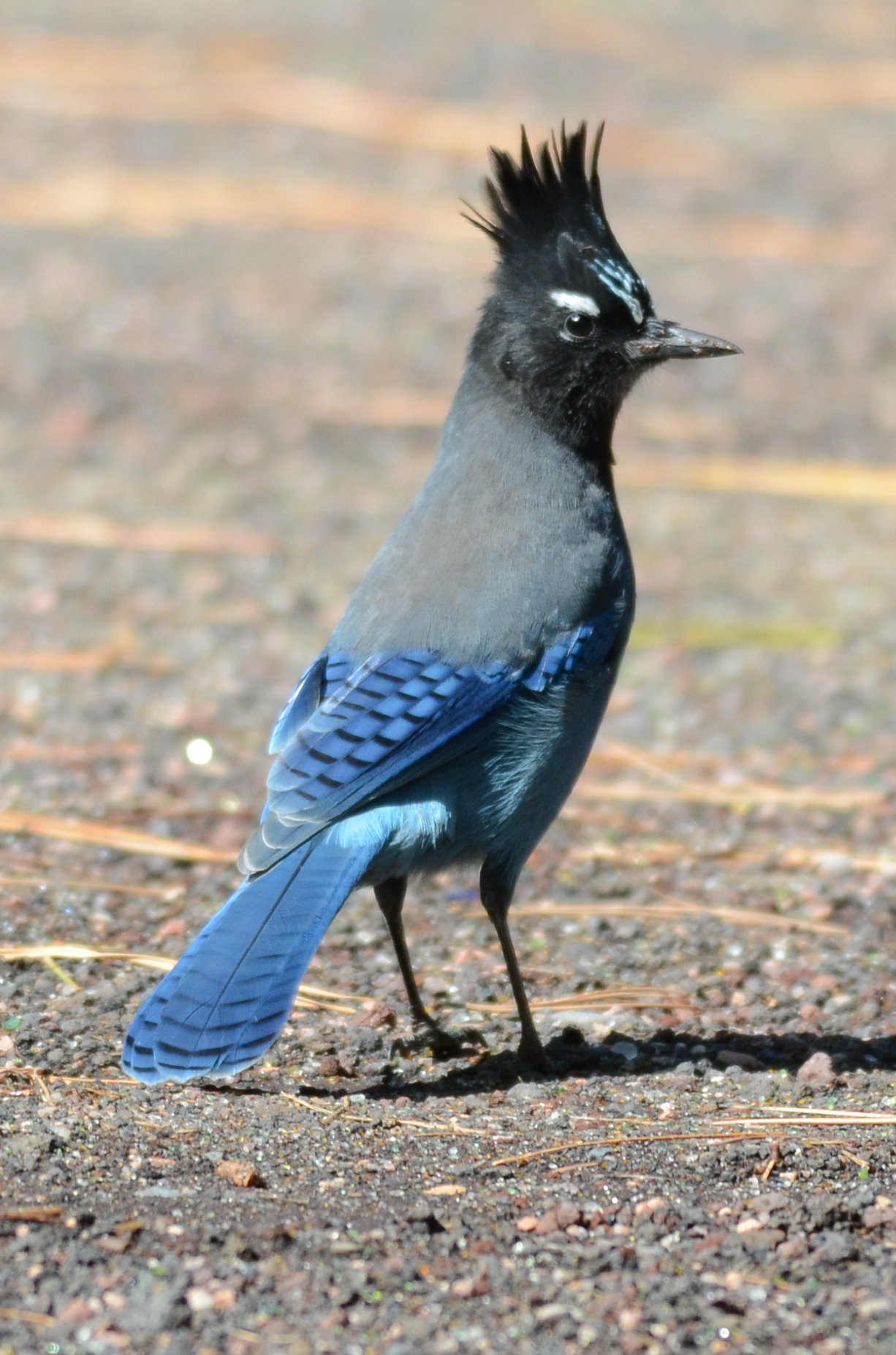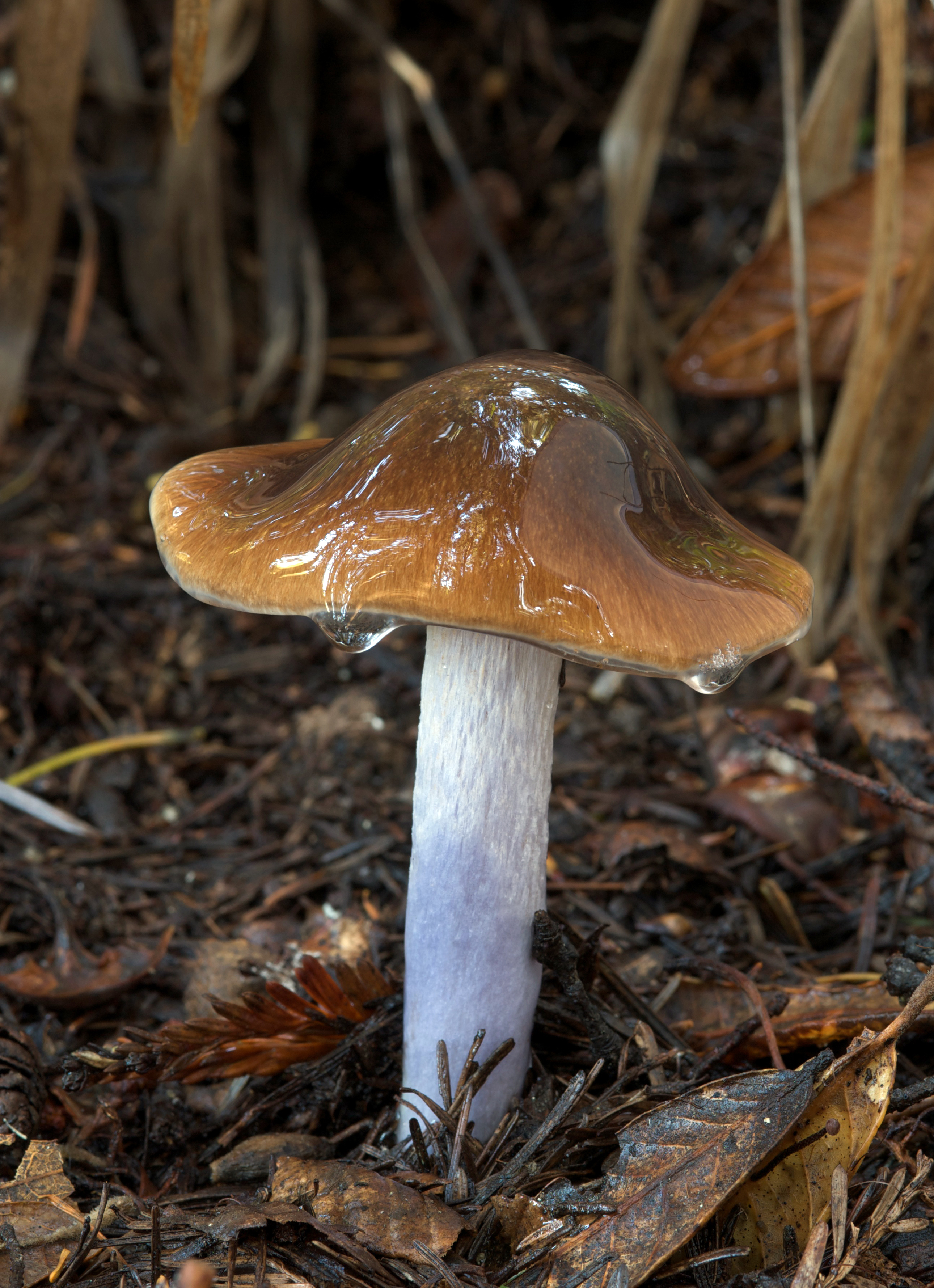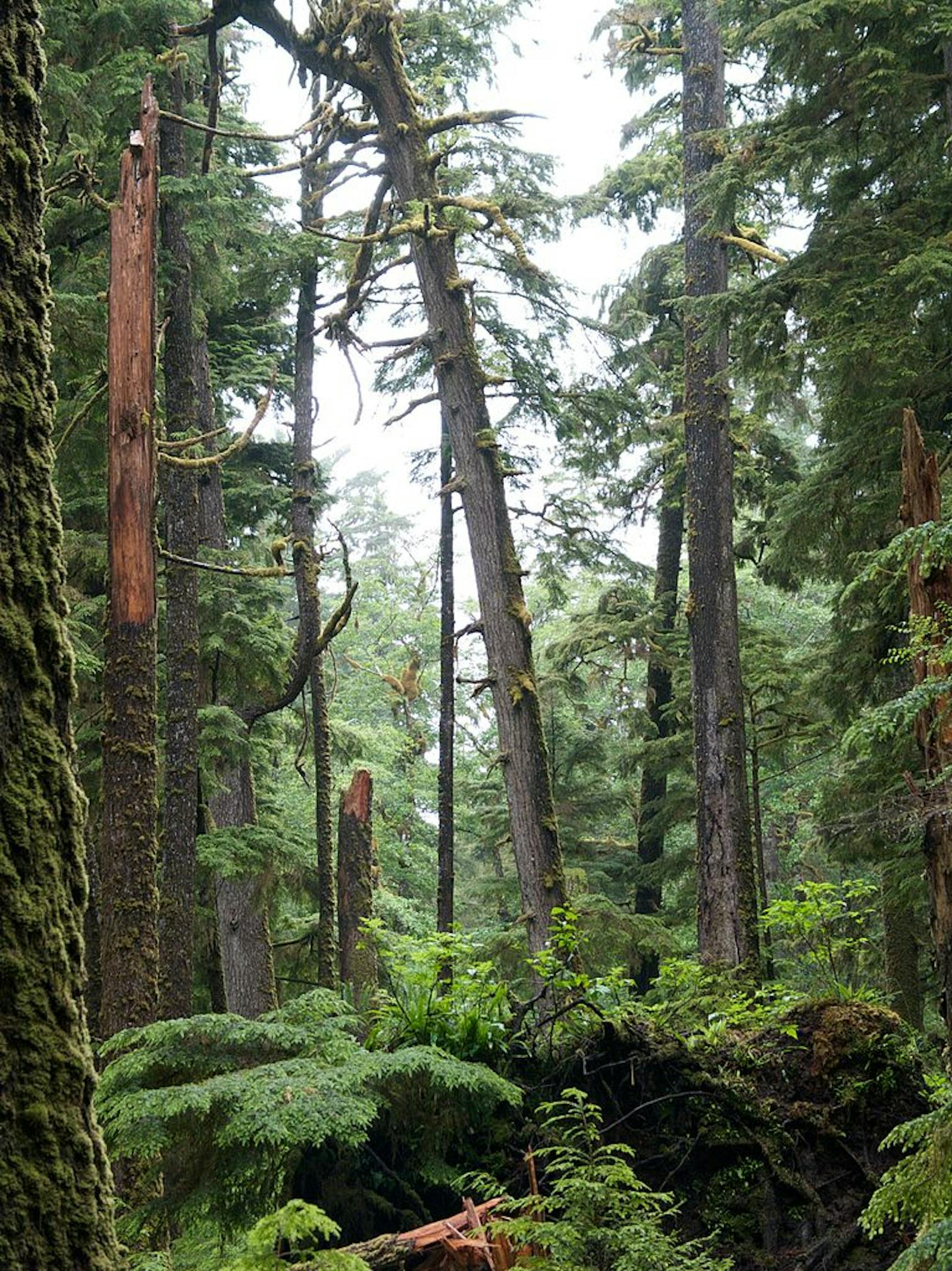Haida Gwaii Conifer Forests
The ecoregion’s land area is provided in units of 1,000 hectares. The conservation target is the Global Safety Net (GSN1) area for the given ecoregion. The protection level indicates the percentage of the GSN goal that is currently protected on a scale of 0-10. N/A means data is not available at this time.
Bioregion: Pacific Northwest Coastal Forests (NA15)
Realm: Northern America
Ecoregion Size (1000 ha):
1,022
Ecoregion ID:
365
Conservation Target:
81%
Protection Level:
6
States: Canada: BC
The Queen Charlotte Islands, officially renamed Haida Gwaii in 2010 in honor of the Haida people, is the most isolated archipelago off the Pacific coast of Canada, lying some 90 km west off the north coast of mainland British Columbia. The Haida Gwaii Conifer Forests ecoregion encompasses all 150 islands and the many islets in this archipelago. The islands are characterized by irregular, steep slopes in the west and gently sloping lowlands in the east. Naturalists have long been interested in the Queen Charlotte Islands because of the many endemic species and subspecies that have evolved here in isolation.
The climate of this ecoregion is oceanic, moderated by the North Pacific Current, except near the summit of Mount Moresby (1,164 m), where it is subpolar oceanic. The average annual temperature is 7.5ºC, with an average of 11.5ºC in the summer and 3.5ºC in the winter. Annual average precipitation ranges from 800 mm in eastern areas to 4,000 mm on western slopes.

The flagship species of the Haida Gwaii Conifer Forests ecoregion is the Haida ermine. Image Credit: Courtesy of Gerald and Buff Corsi, California Academy Center
The dominant vegetation is coastal temperate rainforest modified by the windy maritime environment. On the west coast, vegetation is stunted, open-growing western red cedar, Alaska yellow cedar, shore pine (a stunted form of lodgepole pine), and western hemlock. Sitka spruce occurs on better-drained sites. Bogs and other wetlands are common.
Given the isolation of the Queen Charlotte Islands from the mainland, it is not surprising that many mainland species are naturally absent from the islands (e.g. grizzly bear, wolf, and puma), but also that many endemic forms have evolved here. The last glaciers departed from the archipelago about 18,000 years ago, 2,000 years earlier than the adjacent mainland.
It is possible that at least part of the archipelago was unglaciated (as some sources claim) and thus served as a long-term climatic refugium, which would have enhanced evolution and persistence of endemic forms. The number of endemics is surprising for a high-latitude archipelago. Three species of endemic Carabid (ground) beetle are found here, as well as a stickleback, a slug, and 10 species, subspecies, and varieties of plants within 9 genera and 8 families.

Steller’s jay. Image credit: Creative Commons
Endemic mammals include a deer mouse, dusky shrew, short-tailed weasel (ermine), black bear, marten, and caribou (extinct). Endemic birds include subspecies of saw-whet owl, northern goshawk, hairy woodpecker, Steller’s jay, brown creeper, Swainson’s thrush, varied thrush, and pine grosbeak.
A spectacular natural phenomenon is the arrival and breeding activities of some 1.5 million seabirds from May through August. These species include burrow-nesters such as the ancient murrelet, rhinoceros auklet, Cassin’s auklet, tufted puffin, horned puffin, and Leach’s and fork-tailed storm petrels. Also nesting along the coast are hundreds of bald eagles and Peale’s peregrine falcons. Marbled murrelets nest on the islands in old-growth Sitka spruce-western hemlock forest.
The islands are considered critical stopover habitat for waterbirds migrating between Alaska and Mexico. Several species of mammals have been introduced to the islands, including black-tailed deer, elk, raccoon, rats, eastern gray squirrel, and beaver, and are having negative impacts on the native vegetation and fauna.

Cortinarius vanduzerensis. Image credit: John Kirkpatrick, Creative Commons
Although most of this ecoregion is protected, logging threatens old-growth forests and introduced animals are proliferating. Priority conservation actions for the next decade are to: 1) place a permanent moratorium on all logging of old-growth or naturally disturbed early-seral forest; 2) control or eradicate populations of non-native and invasive species; and 3) carefully manage cruise ships and other tourism and recreation throughout the ecoregion to sustain its wild character.
Citations
1. Ricketts, T.H. et al. 1999. Terrestrial Ecoregions of North America: A Conservation Assessment. Island Press, Washington, D.C.
2. https://en.wikipedia.org/wiki/Haida_Gwaii
3. Coast Information Team. 2004. An ecosystem spatial analysis for Haida Gwai, Central Coast, and North Coast British Columbia. Coast Information Team, c/o Cortex Consultants, Victoria, BC.



